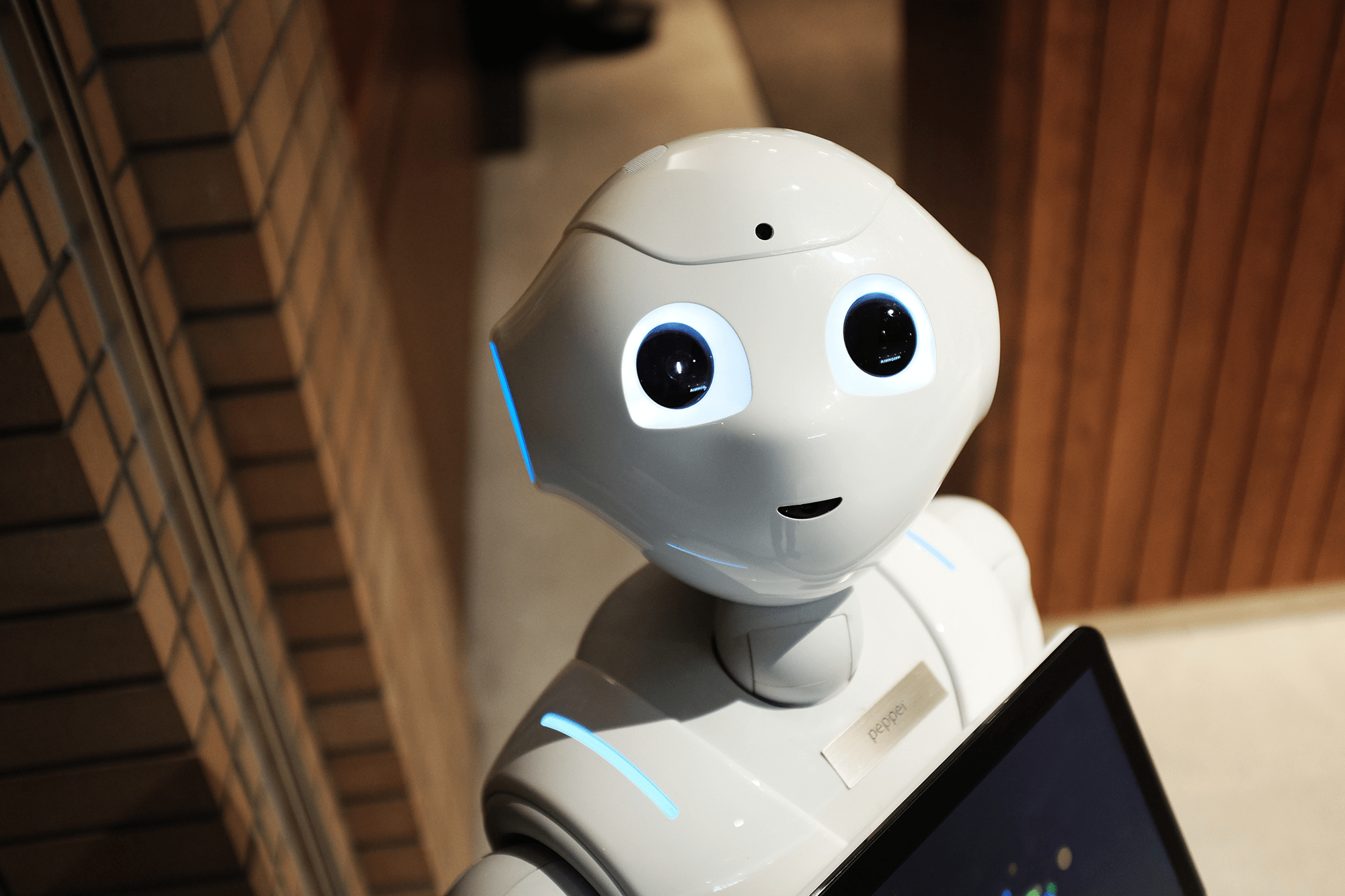From online chatbots to the facial recognition feature on your smartphone, artificial intelligence (AI) is quickly becoming ubiquitous in the modern world. Although the idea of artificial intelligence was conceived back in 1958, creating AI technologies seemed like a distant dream up until recently. Every day, computer scientists, engineers, and programmers find new ways to improve AI functions, creating increasingly sophisticated and adaptable technologies.
With iconic business names like Elon Musk and Jeff Bezos investing in the growth of AI technologies, artificial intelligence is a common topic in the modern media. Despite this, there are quite a few commonly-held beliefs about AI tech that are completely false! In this blog, we’ll bust five AI myths that you might still believe in 2022!
Myth 1: AI is replacing workers!
One of the most common concerns people have about artificial intelligence in the workplace is that AI will replace people at their jobs. While this situation isn’t outside the realm of possibilities, most people don’t have anything to worry about.
Currently, AI is largely used to increase the efficiency of relatively predictable and menial tasks in the workplace. A leading example of how businesses apply AI to improve their operations is online chatbots that answer customer questions. If someone’s entire job revolves around answering questions, AI technology could replace their job, but the person will likely be able to pivot to another role within the company. In other words, the vast majority of workers have no reason to fear competing with artificial intelligence in the near future.
Myth 2: Automation and AI are the same thing.
Despite their ubiquity in the world, artificial intelligence technologies are still very misunderstood. A common example of this misunderstanding is when people confuse automation with artificial intelligence.
Automation technologies don’t necessarily have to involve AI integrations. Automation is any machine or computer program that is used to perform a highly repetitive task. For example, machines that paint automobiles at a vehicle factory assembly line use automation – every car is painted with the same pattern, coating, and procedure.
Artificial intelligence, on the other hand, is much more adaptable and used for non-repetitive procedures. A key feature of AI is its ability to perform tasks in dynamic scenarios that don’t involve an identical process each time. This means that artificial intelligence technologies can “think for themselves” and find solutions without having explicit steps to follow. An increasingly common example of AI in action is in self-driving cars. Every road is different, with unique markings, various autos, and pedestrians. Thus, the AI in a vehicle must be able to adapt to irregular situations and find solutions without a standard procedure.
Myth 3: Artificial Intelligence is approaching human intelligence.
While AI technologies are undoubtedly impressive, they’re far from reaching a level of intelligence that could be considered human. Although artificial intelligence technologies are becoming “smarter” and increasingly adaptable, they aren’t anywhere close to rivaling the intellect and potential of the human mind.
Despite being able to outperform humans at some tasks, AI is still very constrained in its abilities to improvise and think creatively. When it comes to artificial intelligence technology, we can visualize it as being stuck inside a box – it excels at its area of expertise but can’t do much more than that. For example, a text editor AI that is excellent at analyzing written works would become utterly useless if you asked it to compose a musical melody. Humans, on the other hand, are much better at improvising and pivoting between tasks.
Myth 4: AI is dangerous and difficult to control!
Because of its highly technical nature, the capabilities of AI are often misunderstood – and commonly exaggerated. One prevalent belief people hold about AI is that it’s dangerous and difficult to control. While it may be entertaining to consider the idea of artificial intelligence taking over the world, it’s not a situation that we’ll encounter anytime soon.
Yes, AI is becoming more sophisticated and independent. But it’s important to remember that human beings are the creators of AI, and we’re not losing control of it anytime soon. Modern AI, while impressive in its abilities, is still very predictable, safe, and easy to manage. While there’s a distinct possibility that artificial intelligence will work closely alongside humans in the near future, we don’t have to worry about an uprising of conscious robots just yet!
Myth 5: Incorporating AI into your business is expensive!
With some of the biggest and richest companies in the world incorporating AI into their operations, many business owners believe that these technologies are incredibly expensive to acquire. While it’s true that adding artificial intelligence technologies to your business can be a significant investment, AI comes in all shapes and sizes!
From Google’s multi-million dollar machine learning systems to a $10 online AI text editor subscription, artificial intelligence for your business can come in all shapes and sizes! As AI technologies become more common, they also become more affordable for even the smallest companies. If you’re a business owner who wants to boost your company performance with AI, you’re almost guaranteed to find a technology that fits your brand’s needs!
If you want to learn more about how AI can change your sales team, check out our webinar on-demand here, where the CEO & Co-Founder, Srinath Sridhar, and Co-Founder & President, Matt Millen, of Regie.ai joins us.







